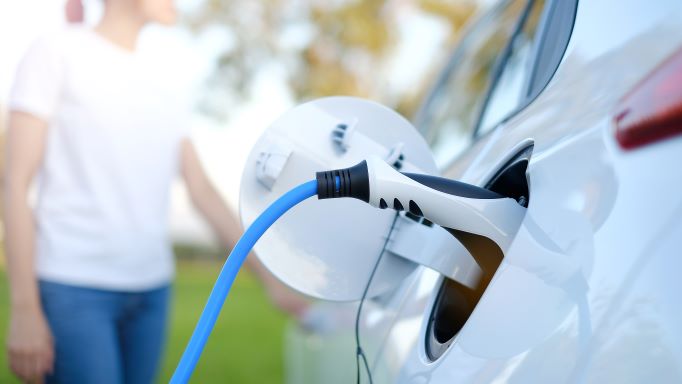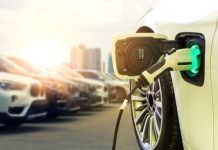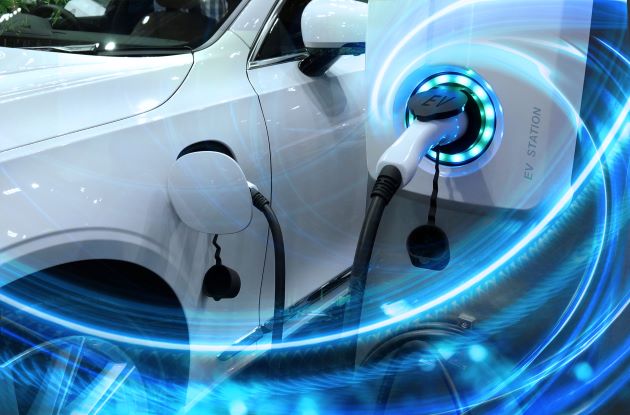The Net Zero strategy was announced by the government in 2021. It looks to take action to bring the UK’s carbon consumption down, such that we take as much carbon out of the atmosphere as we put into it.
What is Net Zero?
The UK has set a legally-binding target to achieve net zero by 2050. It’s slightly distinct from ‘carbon neutrality’, in that it refers to all greenhouse gases, and not just carbon dioxide. So, methane (which is produced in large volumes by the agricultural industry) and nitrous oxide would both be included.
Problems and delays
While the government has a strategy in place to reach Net Zero, there are still important gaps in policy, according to the Climate Change Committee. The same organisation has concluded that Northern Ireland would struggle to independently reach net zero by 2050. Moreover, the organisation projects that, were other countries to follow the example set by the UK and reach net zero by 2050, there would be around a fifty-fifty chance of avoiding a global temperature rise of 1.5°C by the end of this century.

How can electric vehicles help?
The transport industry is responsible for a significant chunk of global emissions. According to research from the International Energy Agency and the International Council on Clean Transportation, passenger road traffic accounts for 45.1% of emissions, and road freight a further 29.4%.
By transitioning to a cleaner and more efficient mode of transport, motorists can reduce their emissions. Battery Electric Vehicles do not release exhaust fumes directly. Moreover, they tend to be many times more efficient than the equivalent gas-guzzler, even if the energy comes from fossil fuels. We should also consider that developments in battery technology have diffuse benefits that go beyond the automotive industry. More efficient batteries mean that intermittent power sources, like wind turbines and solar panels, can be made more viable for our other energy needs.
Drawbacks
There are a few downsides to electric vehicles worth mentioning. First is the environmental cost of the batteries themselves. These costs stem from the need for lithium, nickel and cobalt to be manufactured, and the need for responsible extraction. Then there’s the possibility that the battery itself might catch fire, and the practical drawback of having to worry about range.
Given that you can now find specialised electric car insurance, and that electric cars do away with many of the reliability problems that have plagued older vehicles, this isn’t such a worry. As battery technologies improve, however, and new innovations like solid-state become more viable, it’s likely that many of these problems will naturally fade away.









































